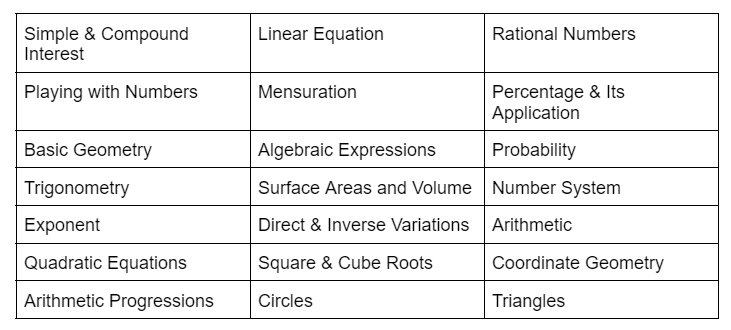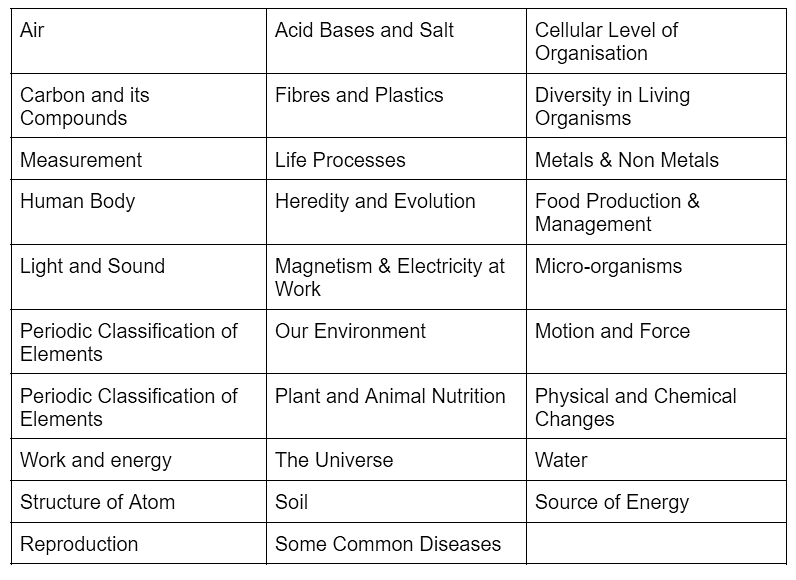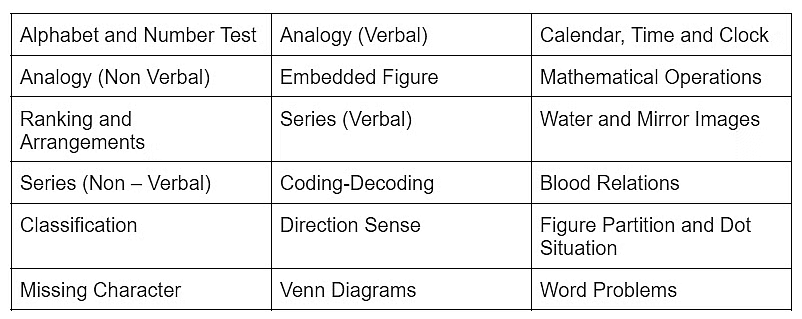NTSE Exam Pattern & Syllabus | NTSE for Class 10 PDF Download
The National Talent Search Examination is one of the most prestigious scholarship examinations in India. The aim of the examination is to identify talented students across the country and award them with a scholarship program so that they can pursue their further studies. The examination is conducted by the National Council of Educational Research and Training (NCERT).

The students are identified through a two-tier examination process i.e. Stage I and Stage II. Only students clearing the stage 1 exam are allowed to sit for the stage 2 examination. So, students must prepare hard for the exam and should be totally familiar with the NTSE Syllabus to score good marks in the exam.
- Stage I: It is conducted by different states and union territories in India. It is a state level examination.
- Stage II: It is conducted by the National Council of Educational Research and Training (NCERT). It is a national level examination.
Exam Pattern
Stage I
- Stage I will be a state and union territory-level exam.
- Stage I examination will be held offline i.e. (pen and paper-based test).
- The Stage-I exam will have two papers namely Paper 1 and Paper 2.
- Paper 1 will include Mental Ability while Paper 2 will test the Scholastic Ability of the candidates.
- The Stage I exam does not hold any negative marking.
Stage II
- The Stage II exam will be organized at the national level.
- NCERT will conduct this exam.
- Stage II examination will be held offline i.e. (pen and paper-based tests).
- The Stage II exam will have two papers namely Paper 1 and Paper 2.
- Paper 1 will test the Mental Ability of candidates while Paper 2 will have the Scholastic Ability.
- The Stage II exam does not hold any negative markings.
The questions in the exam are multiple-choice questions. The exam pattern for NTSE is the same for both stage 1 and stage 2.
Mental Ability Test (MAT)
- Assesses a student’s problem-solving and reasoning skills.
- Questions are designed to evaluate mental abilities across various areas.
- Involves logical and analytical reasoning questions.
- Evaluates reasoning, thinking, evaluating, discriminating, and visualizing abilities.
Scholastic Aptitude Test (SAT)
- Covers subjects: Science, Mathematics, Social Science, and English Language.
- Assesses the ability to read, interpret, evaluate, and general knowledge of the subjects.
- Candidates should have a thorough understanding of the NTSE syllabus to enhance their preparations.

NTSE Syllabus
1. Maths

2. Social Science

3. Science

4. Mental Ability

5. English

6. General Knowledge

|
338 docs|163 tests
|
FAQs on NTSE Exam Pattern & Syllabus - NTSE for Class 10
| 1. What is the exam pattern for the NTSE Class 10 exam? |  |
| 2. What subjects are covered in the NTSE syllabus for Class 10? |  |
| 3. How can students prepare effectively for the NTSE exam? |  |
| 4. What is the eligibility criteria for appearing in the NTSE exam? |  |
| 5. What is the significance of the NTSE exam for students? |  |
















